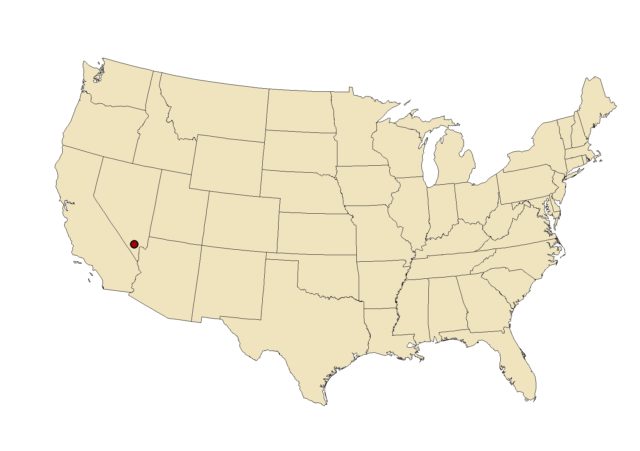In 2008, the City of Las Vegas, Nevada passed Resolution No-26-2008, the Urban Forestry Initiative. This initiative represents the first part of a three-part effort on the behalf of the city of Las Vegas to reduce the impacts of the urban heat island (UHI) effect as outlined by the Las Vegas Office of Sustainability 2010 UHI Summary Report.
 The resolution resolves to double the average tree canopy coverage to 20% by 2035, prepare an Urban Forestry Management Plan, and to work with new and existing partners to ensure that urban forestry remains a priority for both the city and the southern Nevada region.
The resolution resolves to double the average tree canopy coverage to 20% by 2035, prepare an Urban Forestry Management Plan, and to work with new and existing partners to ensure that urban forestry remains a priority for both the city and the southern Nevada region.
In addition to adopting an Urban Forestry Initiative, the Office of Sustainability recommended researching and identifying new technologies for implementation in the Mojave Desert as well as education for the residents of Las Vegas on actions that can reduce the impacts of UHI.
Resolution R-26-2008 recognizes the importance of ongoing management of the urban forest for the environmental, economic, and social benefits it provides to the community of Las Vegas. The initiative is intended to enhance citizen awareness, build neighborhood unity, foster community pride, promote partnerships, and contribute to the long-term sustainability of the city.
This resolution was validated by strategies outlined in the conservation element of the 2010 Master Plan, the joint workshops attended by the city council and planning commission, and the goals of the Climate Protection Resolution adopted as R-57-2006.
Urban Forestry has many outward community benefits like making communities and neighborhoods more attractive and inviting, which often results in increasing property values and enhancing the quality of life. Aesthetics aside, trees improve air quality by capturing carbon dioxide (CO2) and filtering airborne pollutants.
An effective tree canopy provides relief from the UHI by providing comfort and relief from the sun and lowers energy costs by reducing the energy used for cooling homes and businesses. Trees also provide safety benefits by reducing soil erosion and the amount of stormwater runoff that flows in the streets and filtering pollutants before the water reaches local water resources.
Las Vegas Celebrates Trees – PDF
Las Vegas Brochure_City_Celebrates_TreesLas Vegas Urban Forestry Resolution – PDF
Urban Heat Island Summary Report – PDF
Las Vegas_UHI_Report_2010-2Las Vegas Sustainability Policies and Codes – PDF
Nevada Division of Forestry – website
Downloaded from ResilientWest.org
a project of
Resilient Communities and Watersheds
- Challenges:
- energy
- urbanheat
- publichealth
- fiscalhealth
- culturalpres
- urbanform
- regionalcollab
- State:
- nevada
- Scale:
- community
- Type:
- urban, suburban

